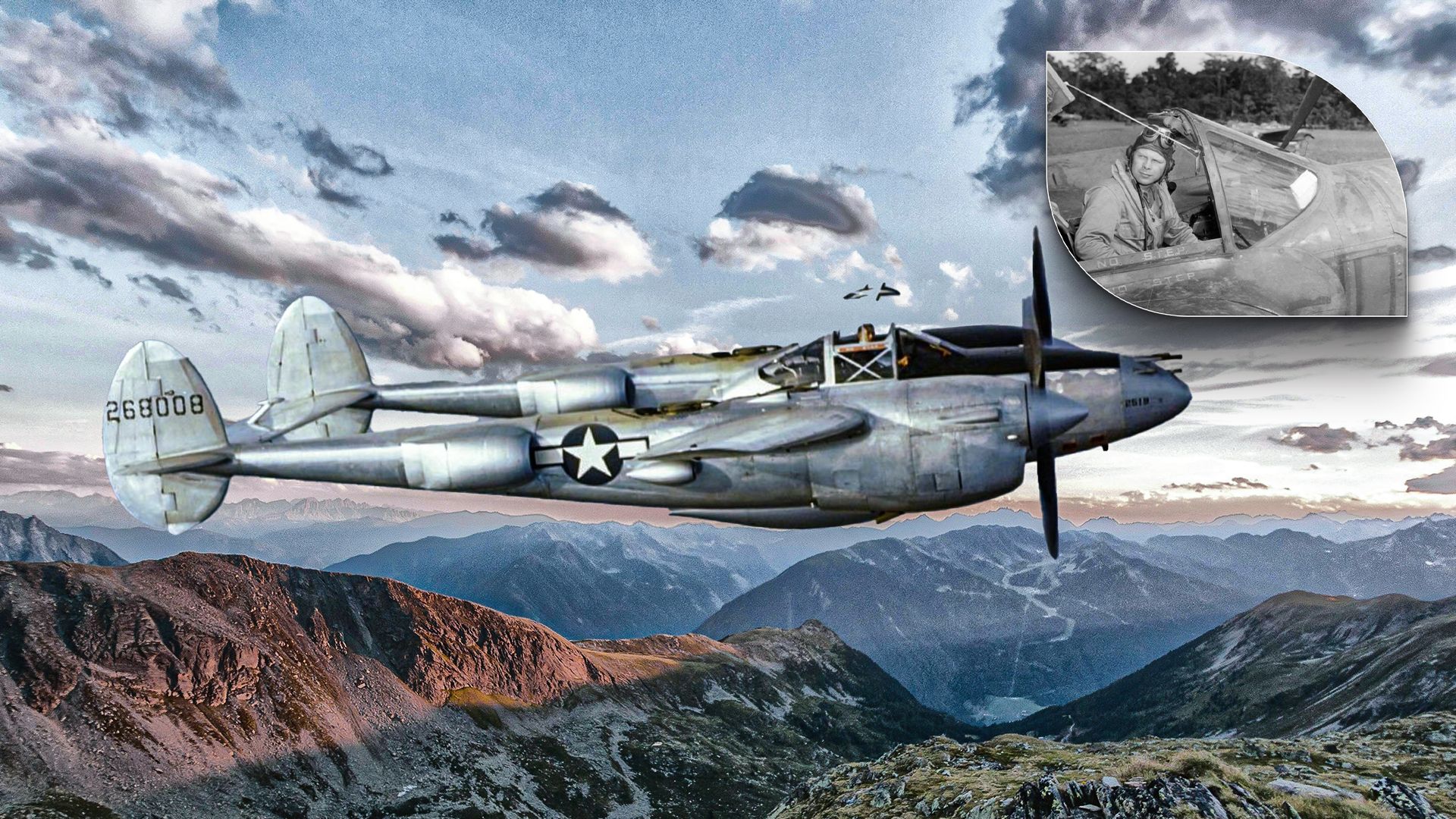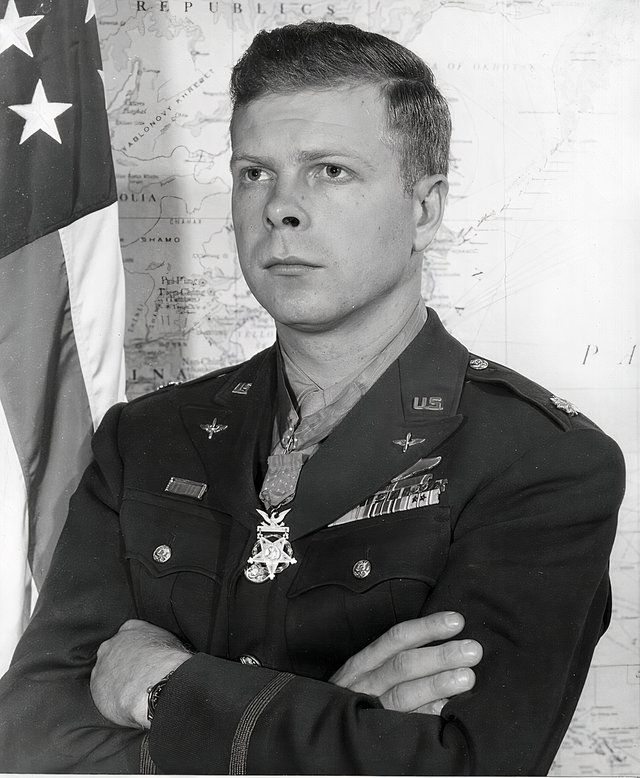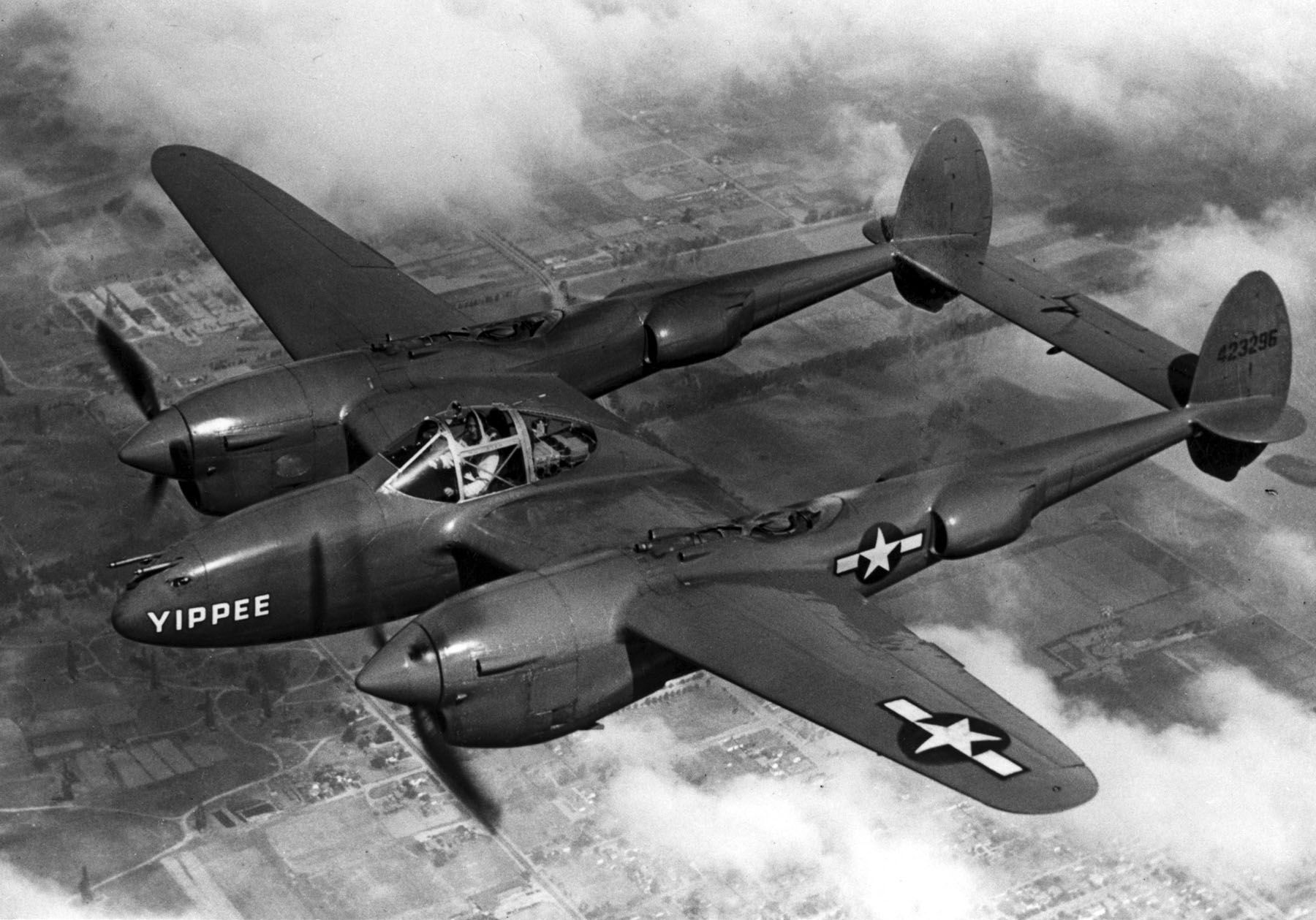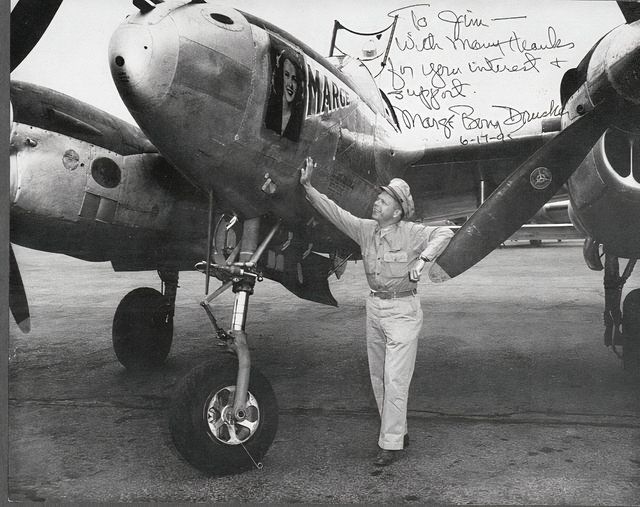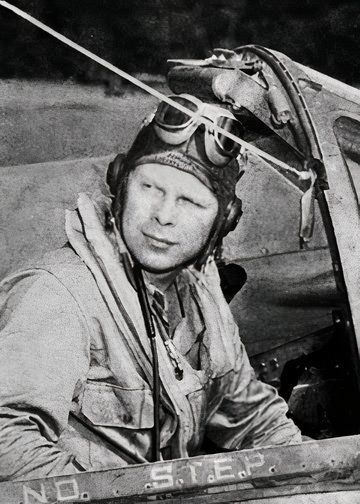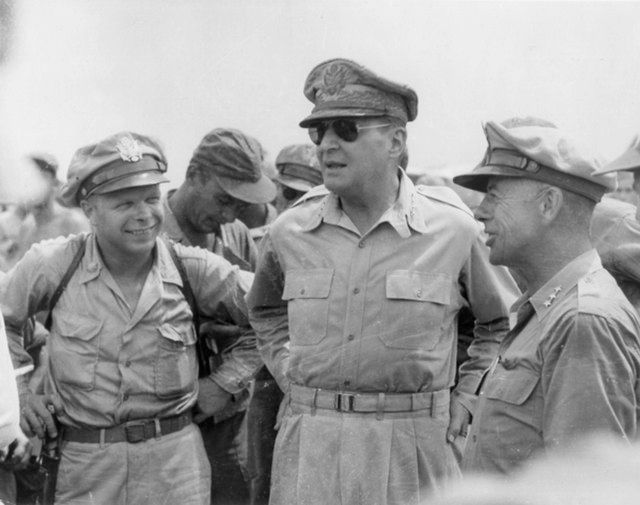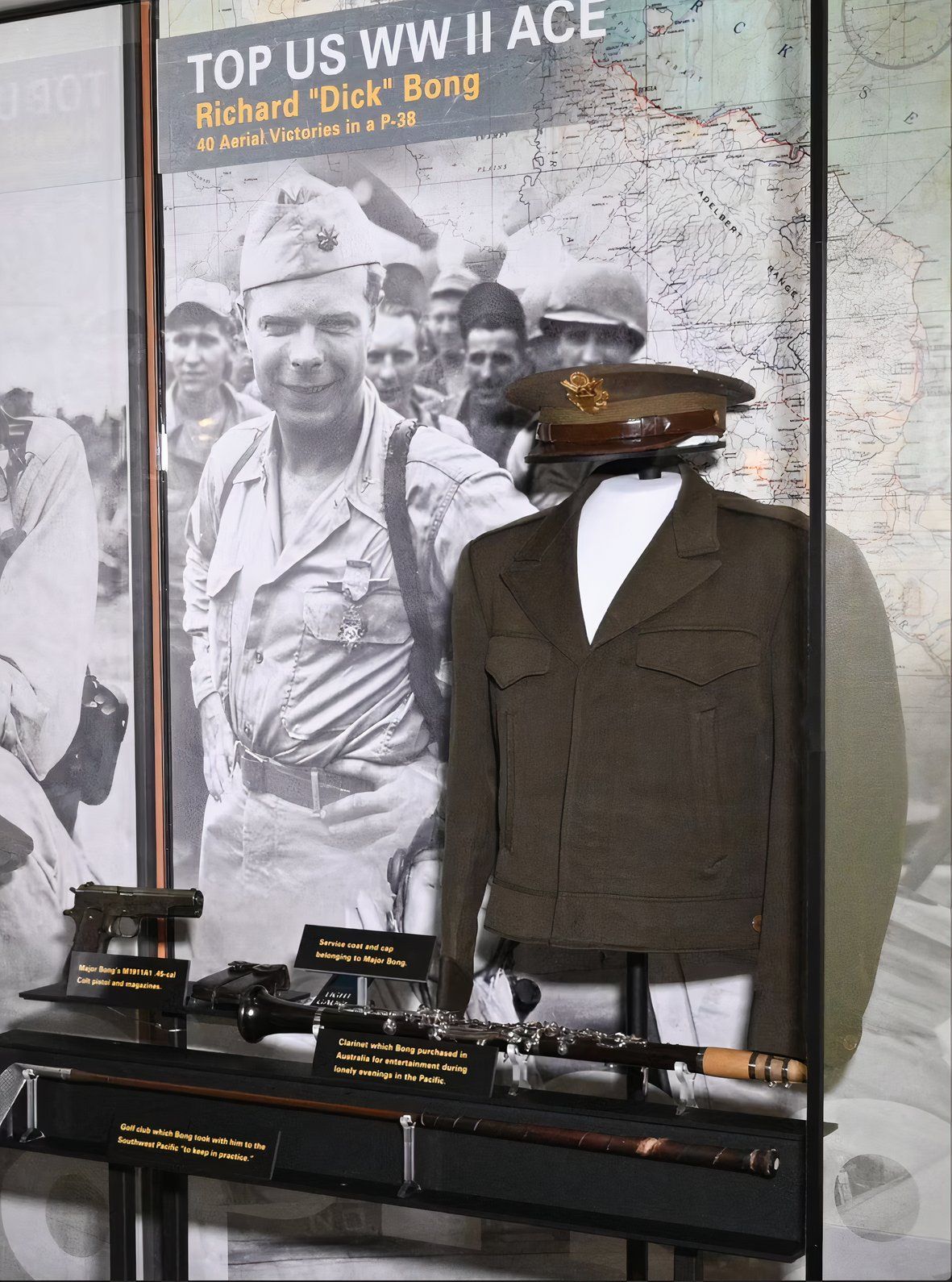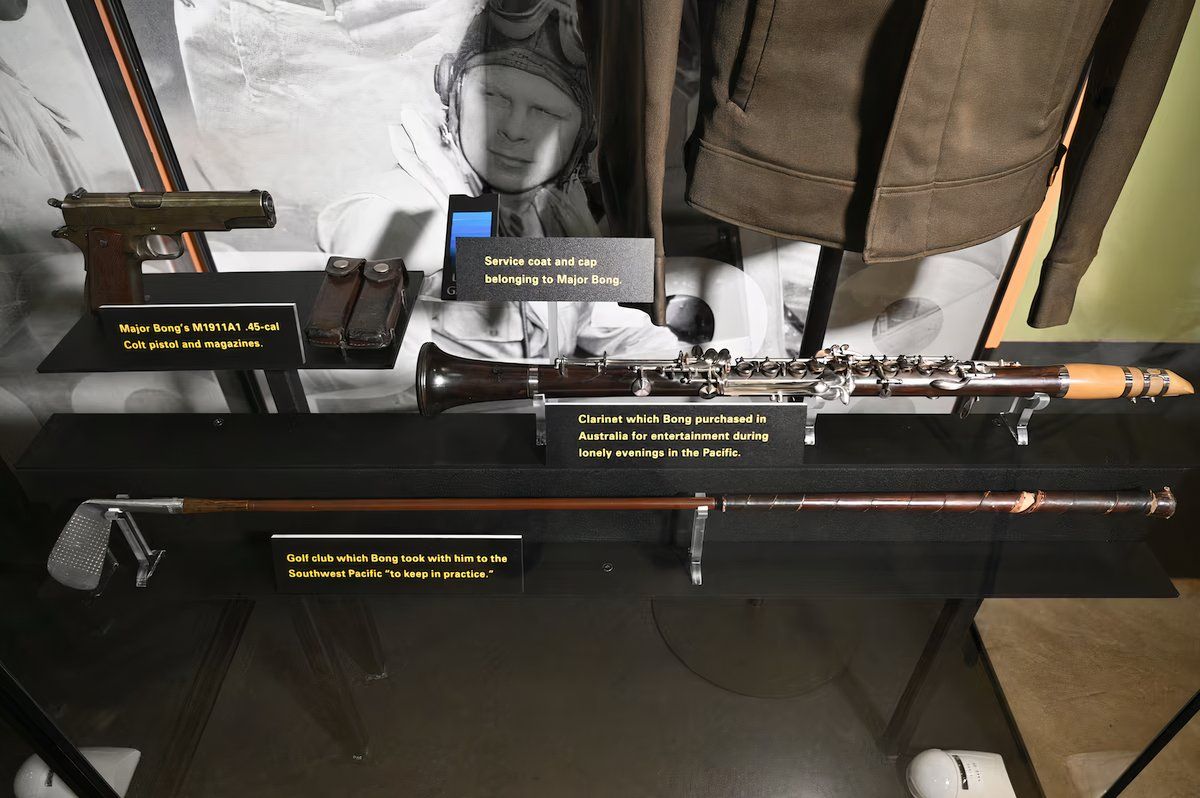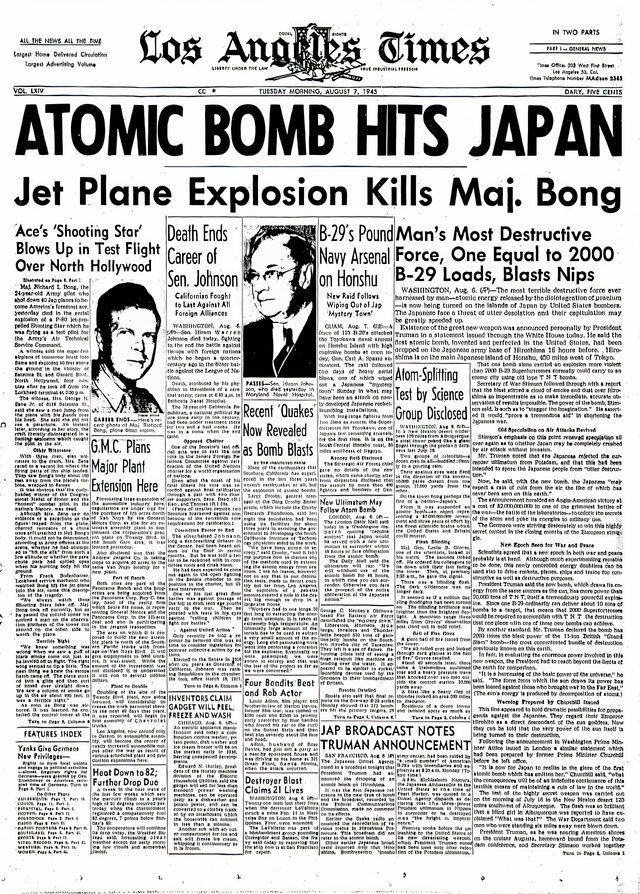Summary
- Richard Bong – the deadliest American WWII pilot – amassed 40 air-to-air kills with the P-38 Lightning.
- Bong transitioned from high school athlete to pilot through the Civilian Pilot Training Program.
- Bong’s thrilling antics and aerial prowess earned him the admiration of his peers and Gen. George Kenney.
Born on September 24, 1920, in Superior, Wisconsin, “where sail meets rail” on the westernmost tip of the Great Lake, Richard Ira Bong took an interest in airplanes at an early age. Mail planes soaring over the family farm en route to Calvin Coolidge’s 1928 “summer White House,” located in the northwest corner of Wisconsin, captured Bong’s youthful sense of awe and wonder, foreshadowing a destiny even he couldn’t have imagined at the time.
Photo: USAAF Official photographer | Wikimedia Commons
Richard Bong would go on to become the most feared American pilot in World War II, racking up an astounding 40 air-to-air kills and being widely considered the greatest American fighter pilot of all time.
Following high school, where he was a three-sport athlete, Bong quickly realized his childhood dreams. In 1938, in the program’s inaugural year, Bong enrolled in the Civilian Pilot Training Program at the Superior State Teachers College in Wisconsin, known today as the University of Wisconsin–Superior. While the program prepared men for roles in civilian aviation, it also prepared them for the possibility of war.
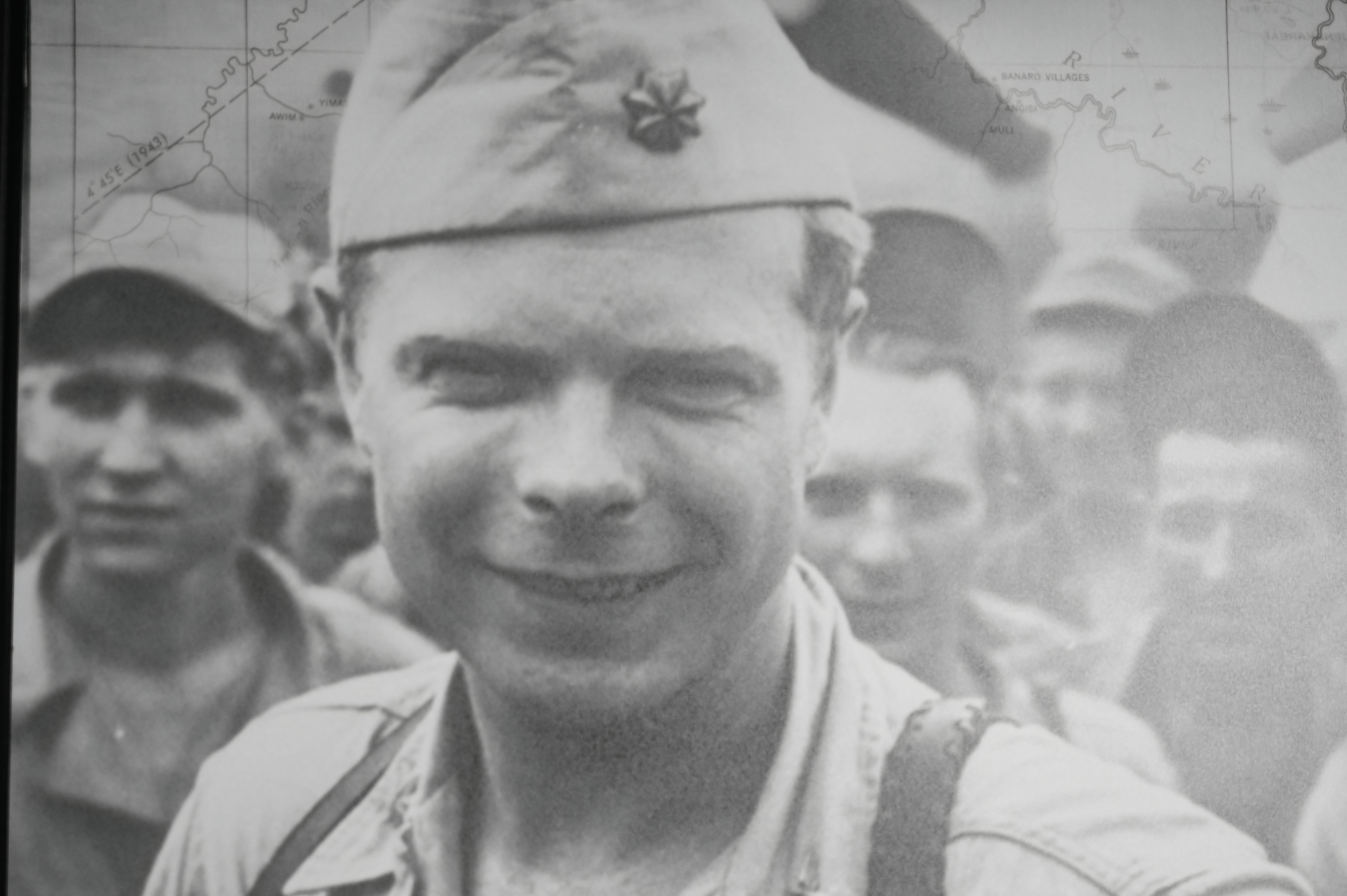 Earning his wings
Earning his wings
Three years later, in 1941, Bong enlisted in the Army Air Corps Aviation Cadet Program (AACADP), class 42-D (see image gallery below), at the newly established Luke Field in Phoenix, Arizona, now known as Luke Air Force Base. Bong’s gunnery instructor at Luke Field was none other than Captain Barry M. Goldwater, who would go on to serve in the US Senate and later become the Republican nominee for US President in 1964.
“A very bright student, [who] was already showing his talent as a pilot.” – Barry Goldwater on Richard Bong while attending the Army Air Corps Aviation Cadet program
During his time in the AACADP, Bong trained on a BT-13 and At-6 Texan at Luke Field and Gardner Airfield in California. On January 9, 1942, one month after the Japanese attack on Pearl Harbor thrust America into World War II, Richard Bong earned his pilot wings and a commission as a Second Lieutenant in the Army Air Force Reserves.
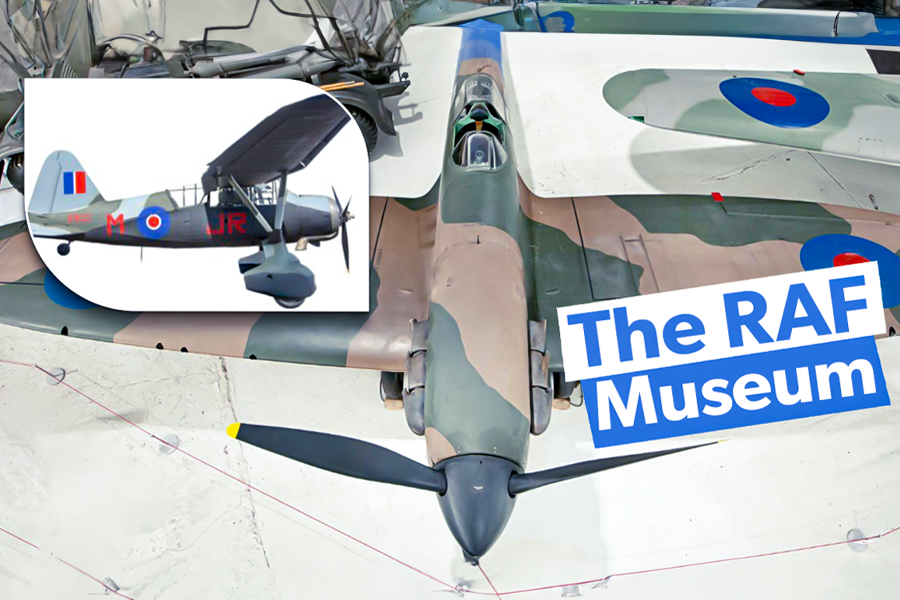
Related
Exploring Aviation History: WWII Fighter Aircraft At The RAF Museum
A look at some of the most notable aircraft that can be visited in person in the UK.
Richard Bong meets the fork-tailed devil, and aerial hijinks ensue
In May 1942, Bong was transferred to his first operational assignment at Hamilton Field in California to train on the Lockheed P-38 Lightning. At its time, the P-38 was the first American military plane to register speeds in excess of 400 mph (644 kph) at level flight and doubled the range of existing US fighter aircraft. Suffice it to say, Lt. Bong and the “fork-tailed devil” were a match made in heaven.
Photo: USAF
While Bong spent most of his time at Hamilton learning military aerial tactics and maneuvers in his P-38, that didn’t stop him from having a little fun. On June 12, 1942, Bong surprised a fellow pilot and his blushing bride by buzzing the roof of the newlyweds’ home. Another incident found Bong flying his P-38 down San Francisco’s Market Street, blowing laundry off clotheslines, and waving at astonished onlookers through their building windows.
Lt. Bong’s Commanding Officer, Gen. George C. Kenney, recalled admonishing Bong for the Market Street incident, though noting that while he couldn’t condone such a stunt, he could relate to Bong’s thrill-seeking nature.
“If you didn’t want to fly down Market Street, I wouldn’t want you in my Air Force. But you’re not to do it anymore, and I mean what I say.” – Gen. George C. Kenney
The P-38 was given the nickname “Fork-tailed devil” by the Luftwaffe, Germany’s aerial warfare branch during World War II.
From first kill to ace in under two weeks
Later that year, in September 1942, Gen. Kenney was selected as Commander of the Fifth Air Force operating out of Australia, and he wasted no time hand-selecting Bong as one of 50 P-38 pilots under his command in the Pacific. Lt. Bong was assigned to the 9th Fighter Squadron (FS), known as “The Flying Knights,” who had recently converted from flying the P-40 Warhawk to P-38s. Bong’s familiarity with the P-38 saw him grow from newcomer to leader rather quickly.
While his new unit waited for P-38s to be delivered, Bong, along with other pilots from the 9th FS, was temporarily assigned to the 39th FS in New Guinea. With this unit, Bong would not only be credited with his first air-to-air kill on December 27, 1942, but his first five, taking out five Japanese fighters over multiple engagements. By the time Bong returned to the 9th FS just 12 days later, in January 1943, he was already an ace.
Pinup boy meets “Marge”
In November 1943, while on extended leave in the US, now-Captain Bong became a national hero. When asked about his incredible record as a fighter pilot, Bong modestly replied, “Oh, I’m just lucky, I guess. A lot of Japanese happen to get in my way. And I keep shooting plenty of lead and finally some of them get hit.”
At a ship launching ceremony in Superior, a group of “welderettes” officially named Bong their “number one pinup boy.” Before returning to duty, Bong attended a homecoming event at Superior State Teachers College, where he met Marjorie Vattendahl. The two began a relationship, and her likeness would soon famously adorn his P-38.
Photo: Wikimedia Commons
Can’t keep an ace out of the cockpit
When Capt. Bong’s leave was over in January 1944, he returned to his new assignment at Headquarters V Fighter Command, New Guinea, as Assistant Operations Officer. However, Bong remained active, flying combat missions in his P-38, now named “Marge.” In the four months that followed, Bong was credited with an additional 23 kills, raising his total to 28.
In April 1944, Bong was promoted to major and assigned to Foster Field, Texas, where he would instruct pilots in aerial superiority tactics. In September 1944, he was called back to the Pacific with the 5th Fighter Command as a gunnery training officer. Combat missions were no longer required of Bong, but that didn’t stop him from voluntarily logging 30 more combat missions and obliterating 12 more Japanese fighters en route to a record 40 air-to-air kills.
Photo: US Govt. | Wikimedia Commons
A national hero comes home
By this time, Gen. Kenney believed that with over 200 missions and over 500 combat hours flown, Bong had contributed more than his share to the war effort, and decided to send him home. Gen Kenney recommended Bong for a Medal of Honor, the nation’s highest military award for valor, which he would later receive from General Douglass MacArthur. Pictured below are Bong, Kenney, and MacArthur left to right, on the day Bong received his Medal of Honor.
Photo: John Stava | Wikimedia Commons
In December 1944, Major Bong was ordered back to the US, where he found his new home as a test pilot at Wright Field, Ohio. A few months later, in June 1945, Bong was assigned to Burbank, California, where Lockheed was developing and manufacturing its P-80 Shooting Star fighter aircraft. Bong took on the duties of Chief of Flight Operations and Air Force Plant Representative to Lockheed Aircraft Company.
A new beginning that ended too soon
While Bong’s days flying “Marge” had ended, his life with Marjorie Vattendahl had just begun, as the two were married on February 10, 1945. Tragically, on August 6, 1945, the same day the US dropped an atomic bomb on Hiroshima, Major Bong was killed during the acceptance flight of a P-80 when the primary engine fuel pump malfunctioned during takeoff. Maj. Bong ejected but had not reached sufficient altitude for the parachute to deploy properly. Maj. Bong was just 24-years-old.
Photo: USAF
Photo: Ken LaRock | USAF
The news of Bong’s death was so significant that it warranted front-page headlines along with the bombing of Hiroshima, as depicted below in the August 7, 1945 edition of the Los Angeles Times.
Major Richard Ira Bong was buried in his hometown of Poplar, Wisconsin. Bong’s widow, Marjorie, who was just 21 at the time of his death, became a model and later a magazine publisher in Los Angeles, CA. Marjorie Bong died of cancer on September 27, 2003, in Superior, Wisconsin.
Photo: Wikimedia Commons
During his service, Bong received numerous medals, including:
- Distinguished Service Cross
- Silver Stars with bronze oak leaf cluster
- Distinguished Flying Cross with four oak leaf clusters
- World War II victory medal
- Air Medal with eleven oak leaf clusters
- Congressional Medal of Honor
Major Bong’s Medal of Honor citation reads:
“For conspicuous gallantry and intrepidity in action above and beyond the call of duty in the southwest Pacific area from 10 October to 15 November 1944. Though assigned to duty as gunnery instructor and neither required nor expected to perform combat duty, Maj. Bong voluntarily and at his own urgent request engaged in repeated combat missions, including unusually hazardous sorties over Balikpapan, Borneo, and in the Leyte area of the Philippines. His aggressiveness and daring resulted in his shooting down eight enemy airplanes during this period.”
|
P-38 Lightning Specs |
|
|---|---|
|
Armament |
Four .50-cal. machine guns and one 20mm cannon |
|
Engines |
Two Allison V-1710s of 1,475 hp each |
|
Maximum speed |
414 mph |
|
Cruising speed |
275 mph |
|
Range |
1,300 miles |
|
Ceiling |
40,000 ft. |
|
Wingspan |
52 ft. |
|
Length |
37 ft. 10 in. |
|
Height |
12 ft. 10 in. |
|
Weight |
17,500 lbs. loaded |
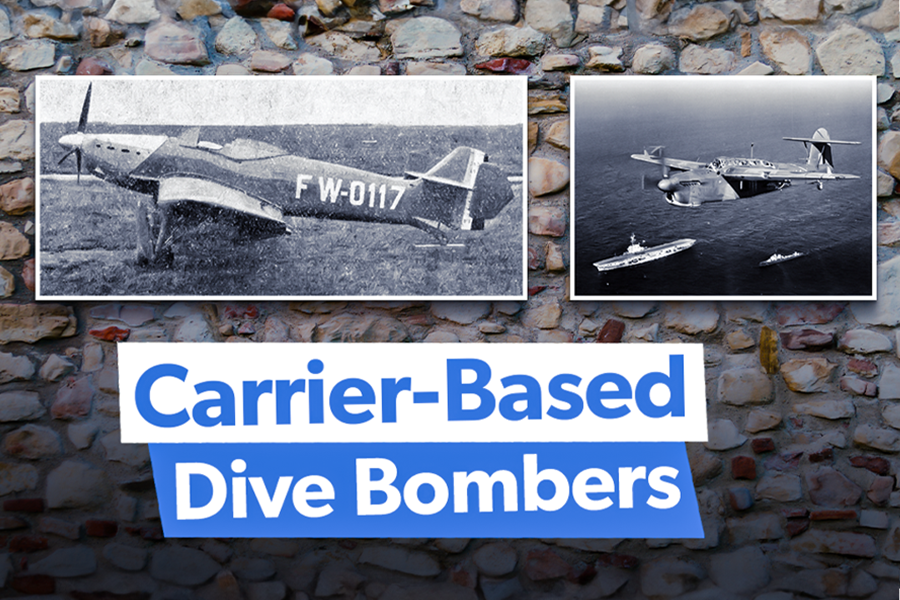
Related
Exploring The Top 5 WWII Carrier-Based Dive Bombers
The US, UK, Japan, and France all operated aircraft carriers and aircraft carrier-based dive bombers in WW2.

